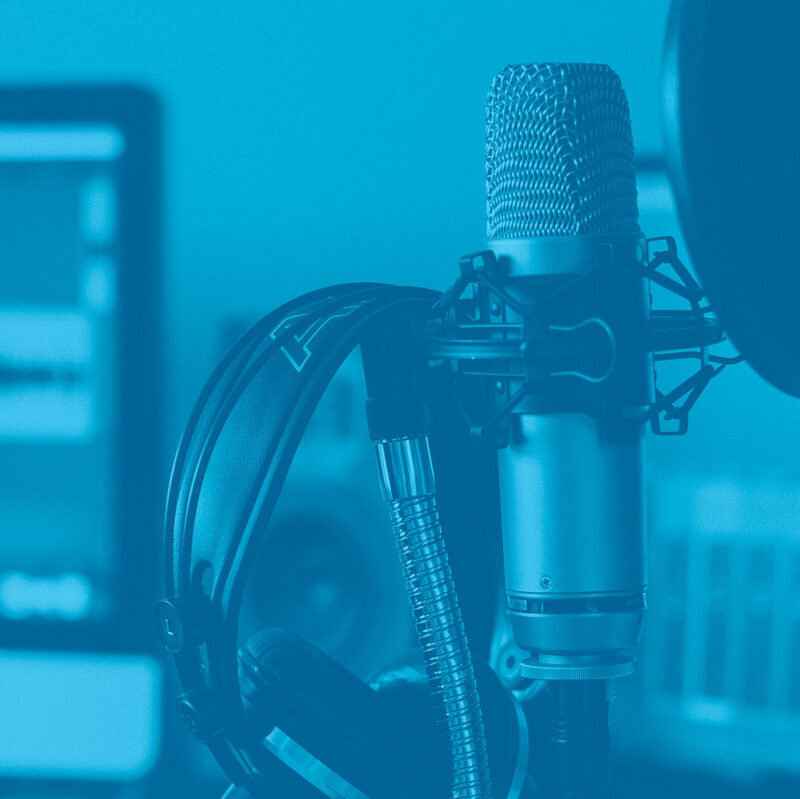Creating a podcast that stands out in the ever-growing sea of digital content requires not only engaging material but also top-notch audio quality. However, achieving professional sound does not necessarily entail investing in expensive gear. Our latest podcast episode demystifies the process of setting up an ideal podcast studio, even on a tight budget, and underscores the importance of understanding technical aspects like microphone gain.
Many budding podcasters fall prey to Gear Acquisition Syndrome, an urge to purchase the latest and greatest equipment in the hopes of achieving the perfect sound. Yet, this episode illustrates that with a little creativity and a deeper comprehension of how sound works, one can create an optimal recording environment using common household items. Curtains, pillows, and strategic room setups can serve as effective tools for sound absorption and diffusion, allowing for crisp audio recording without the need for costly foam panels and other specialized studio treatments.
The principle of sound treatment with household items extends beyond mere budget constraints; it showcases the ingenuity and resourcefulness that are hallmarks of successful content creators. By using everyday objects to manipulate sound reflections and dampen ambient noise, podcasters can deliver professional-grade audio to their listeners. This approach not only saves money but also fosters a deeper understanding of the acoustics involved in recording.
In addition to setting up the physical space, the episode delves into the technicalities of microphone gain structure. Much like a photographer adjusts camera settings for the best shot, podcasters must master their mic settings to capture clear and noise-free audio. This is where the concept of ‘gain structure’ comes into play—a methodical approach to adjusting volume levels at different points in the audio signal chain to ensure the best possible sound quality. Understanding gain structure is crucial because it affects the clarity of the audio and the listener’s experience. Setting correct levels early in the recording process can significantly reduce post-production work and maintain the integrity of the sound.
Moreover, the episode emphasizes the need for experimentation and knowledge-building. Different microphones, recording software, and editing techniques can have a substantial impact on the final product. Listeners are encouraged to try out equipment before committing to a purchase and to learn the nuances of their recording software to optimize their content. By providing tips on selecting the right microphone and introducing concepts like gain structure, the episode arms podcasters with the knowledge needed to produce high-quality audio content confidently.
The essence of this episode is empowerment through education. By understanding the basics of sound design and equipment operation, content creators can produce podcasts that not only sound professional but also resonate with their audience. It’s not the price tag of the gear that determines the quality of a podcast, but rather the skill and knowledge of the podcaster at the helm. With the right approach, any home setup can be transformed into a studio capable of producing top-tier audio content.
In conclusion, this episode is a treasure trove of practical advice for both novice and seasoned podcasters. It underscores the value of leveraging what you have, learning the technical aspects of audio recording, and making informed decisions when it comes to equipment purchases. The goal is clear: to help podcasters create content that stands out, without the need for exorbitant spending. So, whether you’re starting your podcast journey or looking to refine your existing setup, the insights shared in this episode are sure to guide you towards achieving exceptional audio quality and ultimately, podcasting success.

Categories:
No Category
Tags:


Comments are closed